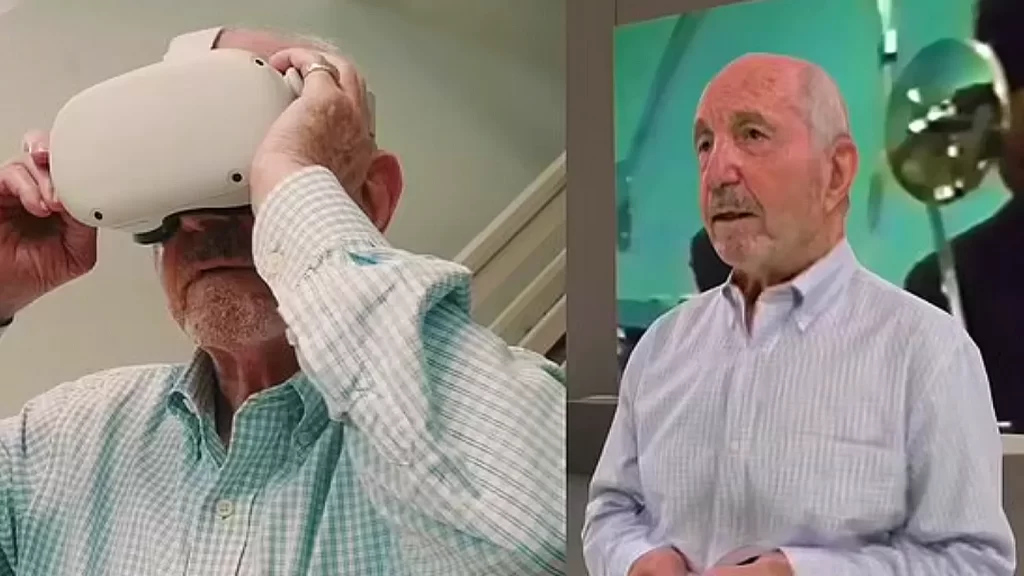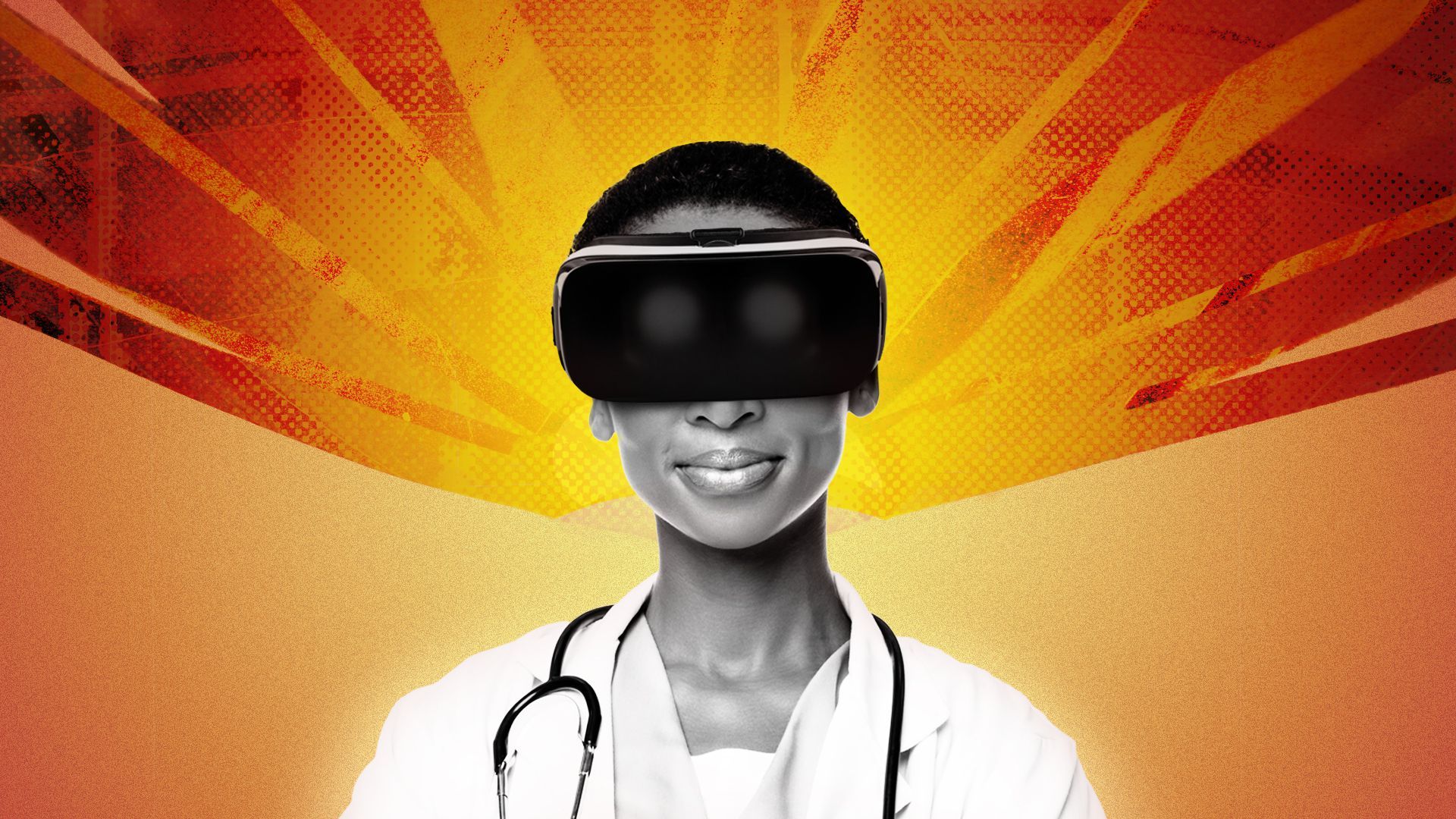This Week’s Awesome Tech Stories From Around the Web (Through April 30) — from singularityhub.com by Singularity Hub Staff
Topics include:
- Computing
- Robotics
- Nanotechnology
- Technology
- Gadgets
- Space
- AI
- AR
Grandpa Creates Hologram Twin For Future Grandkids Using VR — from vrscout.com by Kyle Melnick
Not even death will stop this tech-savvy grandfather from meeting his great-grandchildren.

“I think it is a wonderful way to preserve my family’s history for future generations,” said Jerry while speaking to Jam Press. “To see myself like that, is just mind-blowing — it feels like watching a movie. By not just reading the words as in my memoir but to actually get the chance to see and hear me recalling the stories is just magical.”
Also from Kyle Melnick:
How VR/AR Technology Is Being Used To Treat Autism
XRHealth brings its unique VR/AR therapy to the United States.
Excerpt:
Previously available in Australia, the technology has been used to treat the effects of autism, from anxiety and stress to attention, memory, mobility/coordination, and frustration tolerance. XRHealth’s healthcare platform offers a variety of professional services. This includes one-on-one meet-ups with XRHealth therapists as well as virtual group sessions, all of which accessible remotely using modern VR headsets.
Innovation in education using #AR pic.twitter.com/UUywF37ziA
— Alvin Foo (@alvinfoo) April 26, 2022
VR Technology Meets Drivers Ed Thanks To Boys & Girls Clubs — from vrscout.com by Bobby Carlton
Magic Leap 2 Aims to Bring AR to Businesses, With No BS This Time — from cnet.com by Connie Guglielmo
CEO Peggy Johnson explains why a focus on the business sector with its new, smaller headset can transform the augmented-reality market.
Excerpts:
Fast forward to 2022. Magic Leap has a new leadership team helmed by former Microsoft and Qualcomm executive Peggy Johnson, an even lighter-weight headset due later this year and — perhaps most important — a new mission that focuses on winning over business customers rather than individual consumers.
…
Johnson says the company has learned from its past and will focus on winning over its enterprise customers with the Magic Leap 2, which will go up against Microsoft’s $3,000 HoloLens 2 when it’s released before year’s end.
WayRay’s AR Car Display Could Change Driving Forever — from vrscout.com by Kyle Melnick
How One Hospital Is Using An AR Bear To Calm Young Patients — from vrscout.com by Kyle Melnick
Excerpt:
Children’s Health of Orange County (CHOCK), a children’s hospital located in Orange County, California, has transformed its lovable mascot ‘Choco’ into an AR (augmented reality) experience that walks children through the steps of a standard MRI scan. The idea is that by familiarizing younger patients with the process, they’ll feel more comfortable during the actual procedure.
Arizona State Launching New VR/AR Classes, Nonny De La Peña To Helm — by Darragh Dandurand
Excerpt:
The Center for Narrative and Emerging Media (NEM) will be housed in Downtown Los Angeles in the Herald Examiner Building, newly renovated to welcome faculty, staff, and students. NEM’s goal is to teach and support students, from reporters to artists to entrepreneurs and engineers, who are pursuing careers across the burgeoning creative technology sector.
Why Meta decided against an open VR app store — from protocol.com by Janko Roettgers and Nick Statt
Osso VR nets $66 million for surgical training — from axios.com by Sarah Pringle
Excerpt:
Why it matters: Surgical training hasn’t evolved in 30-plus years, but Osso VR is looking to change that by empowering health care professionals with virtual reality.

From DSC:
Not that this is exactly related, but the above item made me think of it:
Scientists Resurrect Extinct Animals Using AR Technology — from vrscout.com by Kyle Melnick